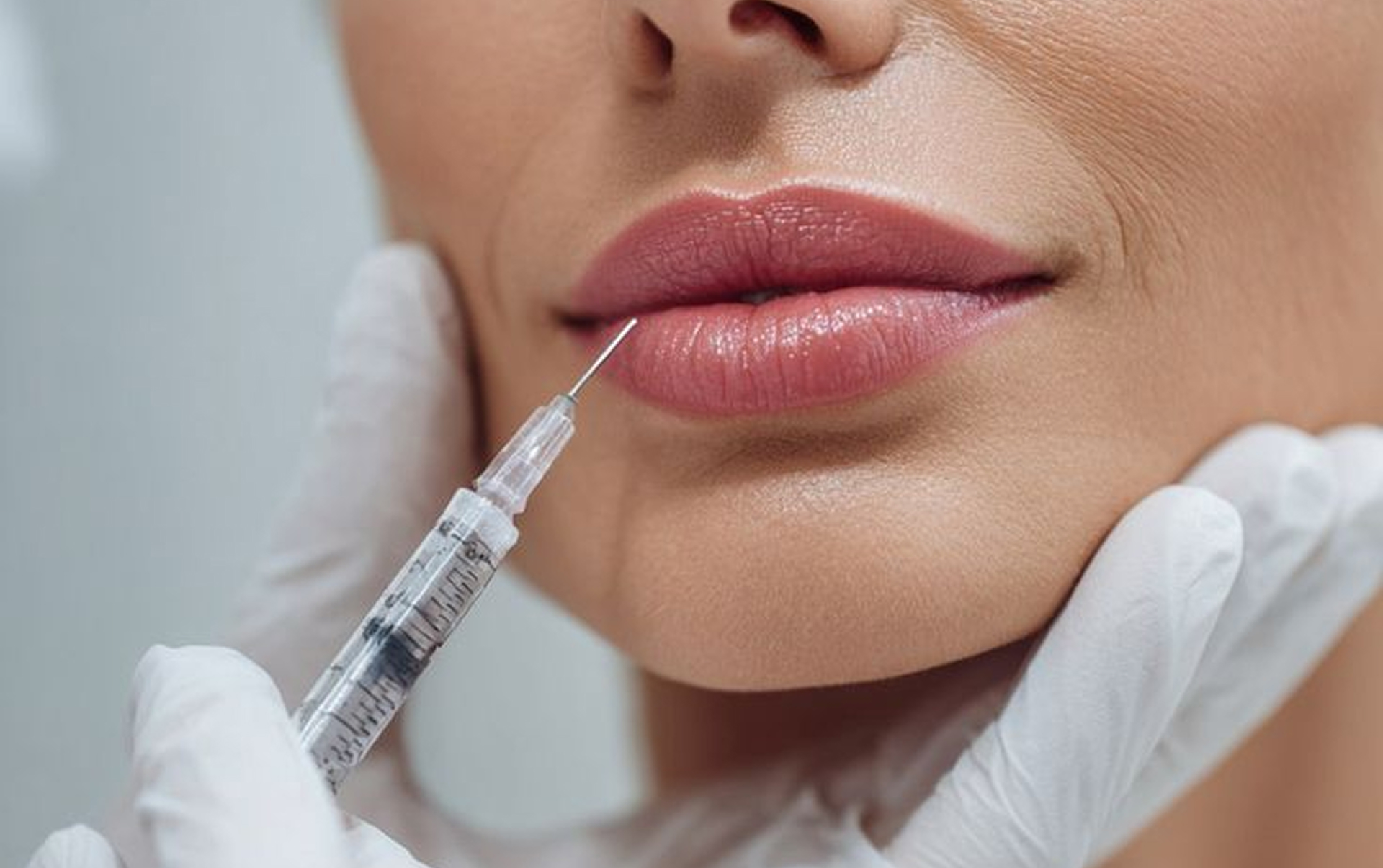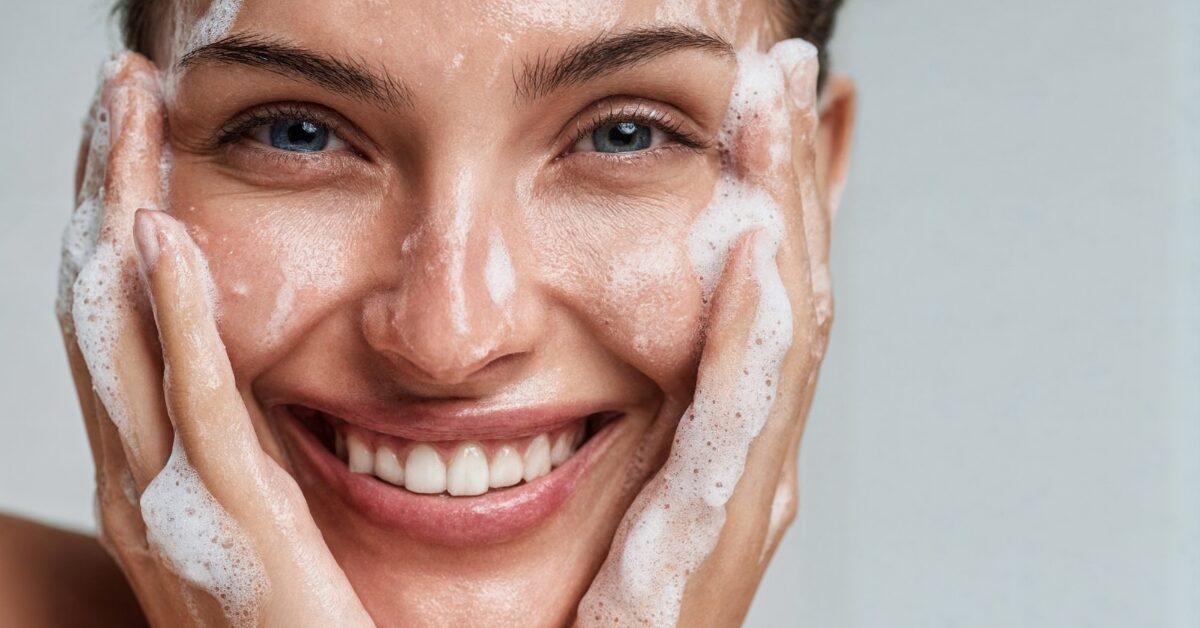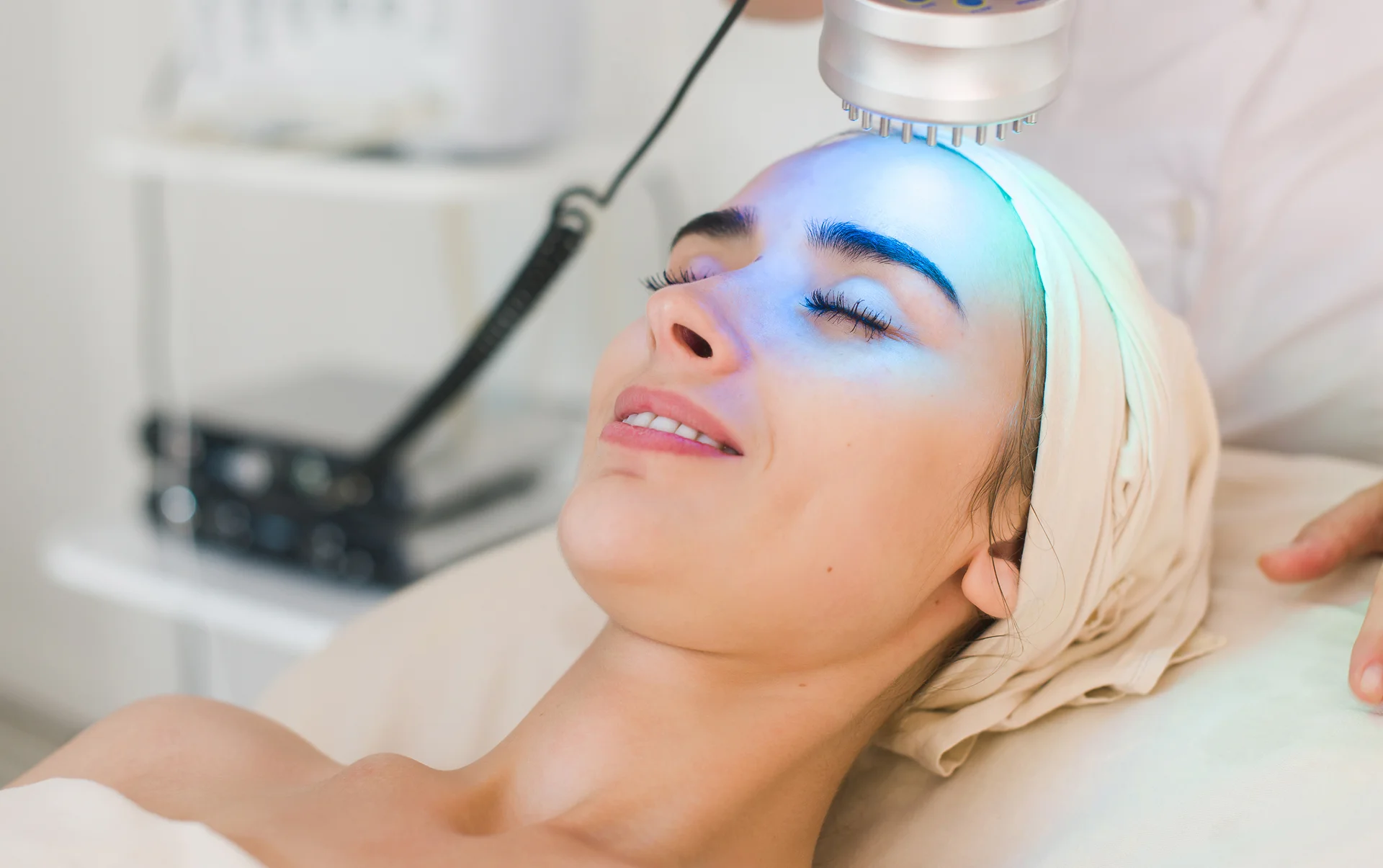Lip filler migration occurs when the filler moves away from the intended treatment area, often leading to an uneven or unnatural appearance. This typically happens when the injected hyaluronic acid-based filler doesn’t stay in the targeted area, resulting in puffiness, asymmetry or an exaggerated look.
Though it’s a rare complication, understanding the causes and early signs of migration is crucial for anyone considering lip fillers. Knowing how to prevent it and what steps to take for correction can help ensure the best possible outcome.
In this blog, we’ll explain what lip filler migration is, what causes it and how to spot the early signs. You’ll also learn how injectors prevent migration, what steps to take if it happens and how to fix the issue safely. Whether you’re considering lip fillers or are already undergoing treatment, this guide will help you avoid complications and achieve the best results.
What Causes Lip Filler to Migrate?
Several factors can contribute to lip filler migration:

Poor Injection Technique
Inexperienced practitioners or improper injection techniques are one of the most common causes. If the filler is injected too superficially, too close to the lip’s surface or perpendicular to the lip’s edge, it can cause migration. Additionally, injecting near the wet-dry border or above the lip line increases the risk of migration.
Overfilling
Using excessive filler can overwhelm the lip area, creating pressure that encourages the filler to migrate. This is especially problematic when too much product is injected in one session.
Incorrect Filler Placement
Injecting filler into areas without strong structural support, such as above the lip line or too close to the vermillion border (the lip’s natural outline), can increase the likelihood of migrated lip filler.
Inappropriate Filler Choice
Some fillers are more prone to migration than others. Softer or thinner lip fillers are more likely to move than more viscous or thicker options, which are more stable once injected.
Natural Facial Movements and Anatomy
Facial movements, like speaking and eating, can push the filler out of place. Everyone’s body reacts differently to filler treatments and individual anatomy plays a role in how well the filler stays in position.
Early Signs Your Lip Filler Has Migrated
If you’ve noticed something doesn’t look quite right after your lip filler treatment, you might be experiencing lip filler migration. Watch for these early signs:
- Uneven or Asymmetrical Lips: One side of your lips may appear larger or differently shaped than the other.
- Lumps and Bumps: Small lumps, bumps or palpable ridges may form in or around the treated area.
- Swelling Above the Lips: You might notice puffiness or swelling above the lip line, resembling a “moustache” or filler sitting higher than intended.
- Discomfort or Tenderness: Mild pain or discomfort can sometimes accompany migration, especially if the filler is moving around.
- Loss of Natural Contour: Migration can cause the lips to lose their natural definition, leading to a “duck lips” look or an overly puffed appearance.
How to Tell Lip Filler Migration Apart from Normal Swelling
It’s important to differentiate between lip filler migration symptoms and normal post-treatment swelling:
- Normal swelling usually peaks within the first 1-2 days after treatment and gradually reduces within a week.
- Migration, however, may persist or worsen over time, leading to permanent unevenness or an unnatural look. If you’re unsure, consult with your injector as soon as possible for an assessment.
How Injectors Prevent Lip Filler Migration
An experienced injector will take several precautions to minimise the risk of lip filler migration:
- Precise Injection Placement: Skilled injectors know exactly where to place the filler for maximum support, usually just below the vermillion border.
- Smaller Amounts, Gradual Build-Up: Starting with a conservative amount of filler and adding more over time helps avoid overwhelming the lip area.
- Using High-Quality Fillers: High-quality, thicker fillers are less likely to migrate compared to softer options. They also provide longer-lasting, more natural results.
- Follow-Up Care: Regular follow-ups help ensure the filler is settling properly and any early signs of migration can be addressed quickly.
Can Migrated Lip Filler Be Reversed? How to Fix Lip Filler Migration Safely
Yes, migrated filler can often be reversed. If you experience lip filler migration, it’s essential to seek professional help immediately. One of the most common methods for correcting migration is filler dissolving, using hyaluronidase, a specialized enzyme that dissolves hyaluronic acid-based fillers. This process allows your practitioner to rework the shape of your lips.
In cases where the migration is severe, additional treatments or a full reset of the lip area may be necessary. To address the issue effectively, the first step is scheduling a follow-up appointment with your practitioner. Here’s how they may correct the problem:
- Dissolving the Filler: Often, hyaluronidase can be used to dissolve the filler, allowing your injector to rework or correct the shape of your lips.
- Corrective Injections: In some cases, small adjustments or additional filler may be injected to redistribute the product or fill in areas where the filler has moved.
Always trust a qualified practitioner to handle lip filler corrections. It’s important not to attempt correcting the issue yourself, as only professionals can ensure safe and accurate adjustments.

Long-Term Effects of Ignoring Lip Filler Migration
If lip filler migration is left unaddressed, it can lead to long-term issues such as:
- Permanent Unevenness: If migration is not corrected, it can lead to lasting asymmetry or an unnatural appearance.
- Tissue Damage: Migration can cause damage to the lip tissue over time, making it harder to correct the problem in the future.
- Need for More Frequent Corrections: Ignoring migration can lead to more frequent touch-ups or redoing the entire filler procedure.
How to Choose the Right Injector to Avoid Migration
When it comes to lip fillers in Birmingham, Edgbaston, choosing the right injector is key to avoiding complications like migration. Here’s how to make sure you’re in safe hands:
- Check Credentials: Ensure your injector is a licensed medical professional with experience in advanced injectables in Birmingham.
- Look at Reviews and Results: Research online reviews and ask for before-and-after photos from previous clients to ensure the injector’s work meets your expectations.
- Consultation: Have a detailed consultation to discuss your goals, the products they use and their techniques. A skilled injector will carefully explain the procedure and how they prevent migration.
Get Expert Lip Filler Treatment at Ihya House of Aesthetics
If you’re concerned about lip filler migration or looking for the best skin aesthetics in Birmingham, trust Ihya House of Aesthetics for safe, professional care. Our skilled practitioners use the best techniques and high-quality products to ensure natural, long-lasting results without complications.
Book your consultation today to get the perfect, natural-looking lips!
Frequently Asked Questions
Q: What does a migrated lip filler look like?
Migrated filler may cause uneven lips, swelling above the lip line or lumps and bumps.
Q: How soon can lip filler migrate after treatment?
Migration can happen immediately or in the first few days if not injected properly.
Q: Can migration happen even with a good injector?
Yes, though rare, migration can still happen if there’s overfilling or improper placement.
Q: Is lip filler migration permanent?
No, migration can often be corrected using hyaluronidase or other techniques.
Q: How do you fix migrated lip filler?
Migrated filler can be dissolved with hyaluronidase or repositioned by a professional.
Q: Why does my lip look puffy above the lip line?
This is often a sign of migration, where the filler has moved above the natural lip line.
Q: Does lip filler always need dissolving if it migrates?
Sometimes, the filler can be massaged or repositioned without dissolving.
Q: Can lip filler migration be painful?
Migration itself may not be painful, but it can cause discomfort or an unnatural appearance.
Q: Can I prevent migration with aftercare alone?
Aftercare is important, but proper injection techniques and choosing an experienced injector are crucial.
Q: How long after dissolving can I refill my lips?
It’s recommended to wait at least two weeks before refilling after dissolving the migrated filler.


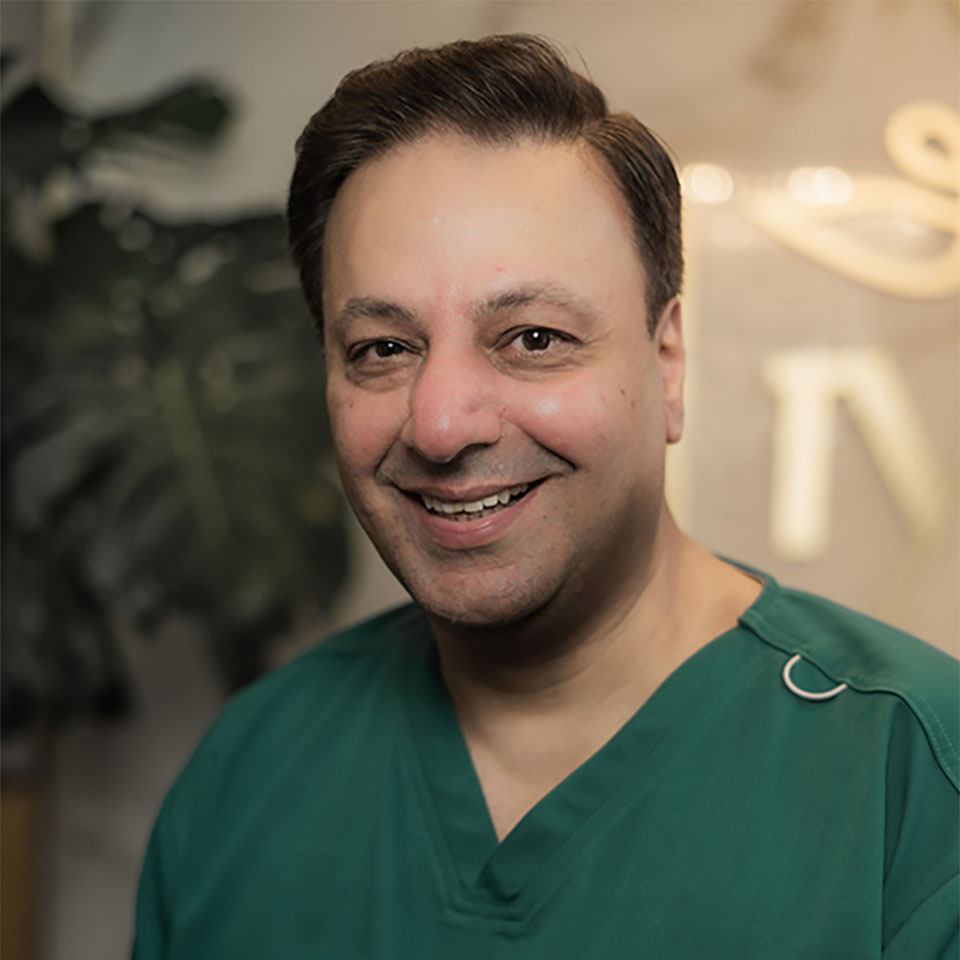 Dr Kashif Khan
Dr Kashif Khan  Sabrina
Sabrina 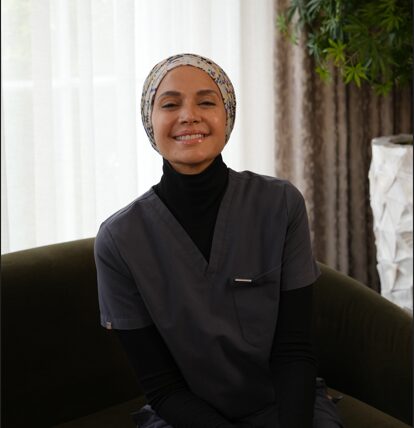 Yasmeen
Yasmeen  Amaani
Amaani 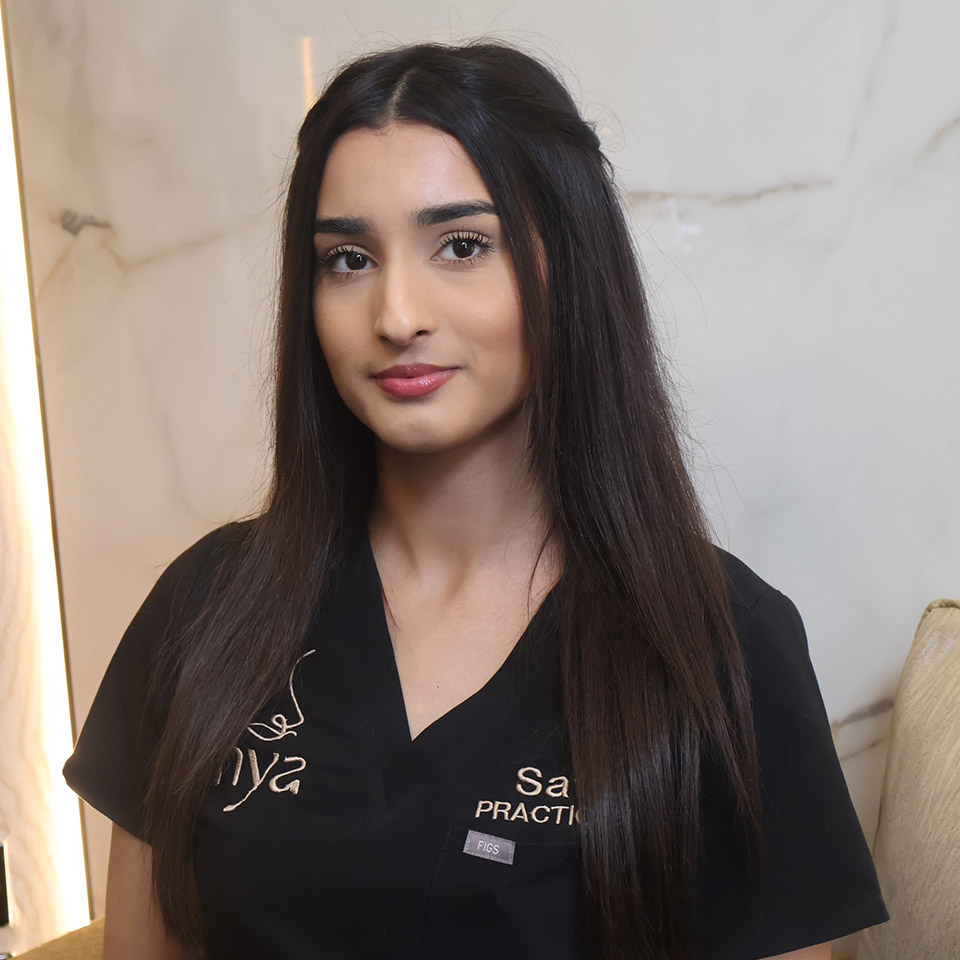 Safa
Safa  Eva
Eva  Eczema
Eczema  Psoriasis
Psoriasis 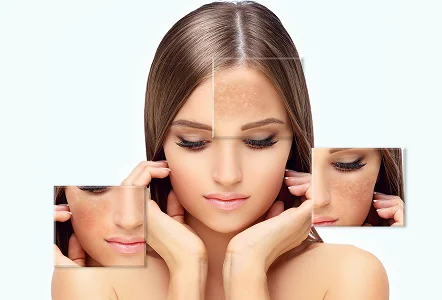 Discolouration or pigmented skin
Discolouration or pigmented skin 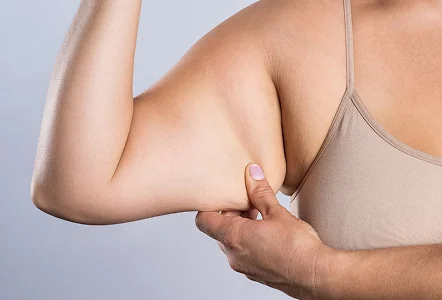 Skin laxity
Skin laxity 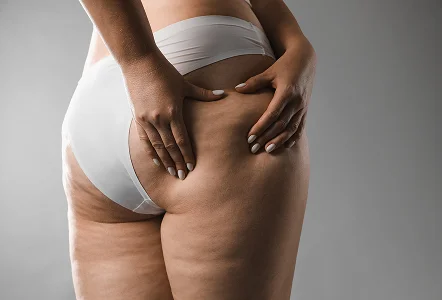 Cellulite
Cellulite 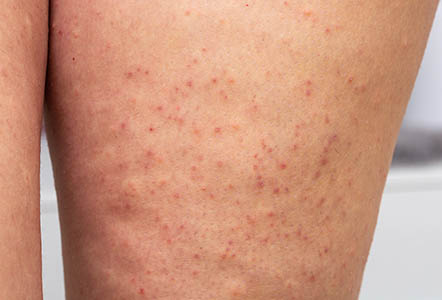 Strawberry legs
Strawberry legs 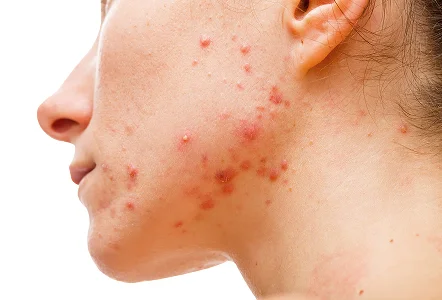 Acne
Acne 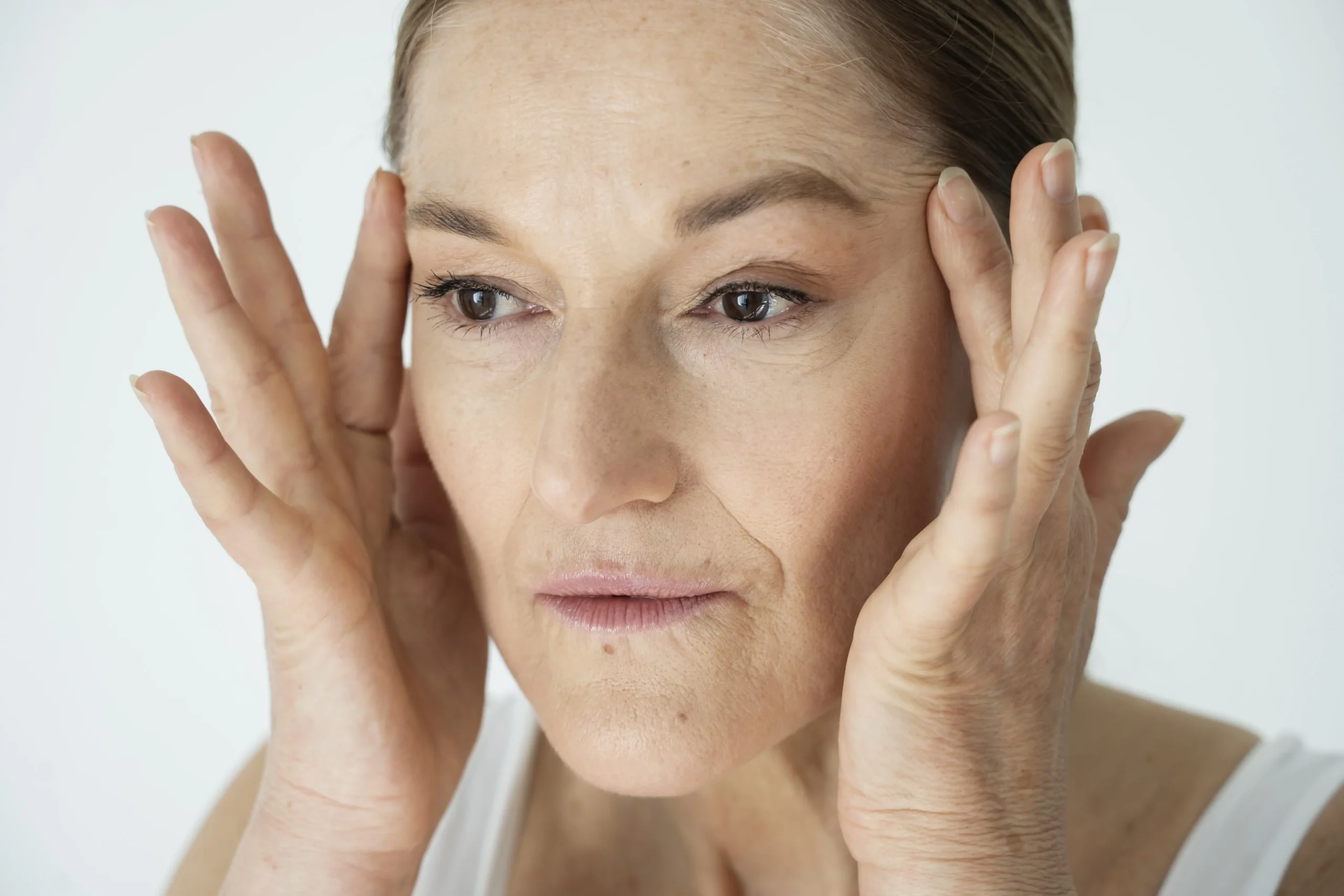 Age spot
Age spot  Combination Skin
Combination Skin  Dry Skin
Dry Skin 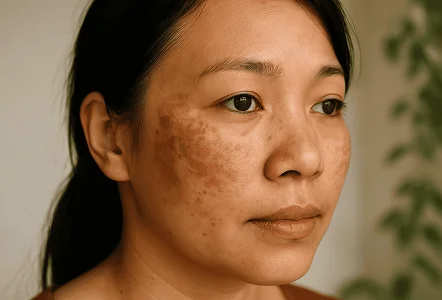 Melasma
Melasma 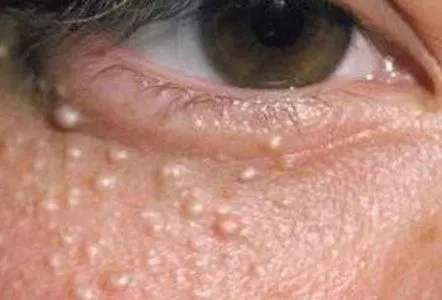 Milia
Milia 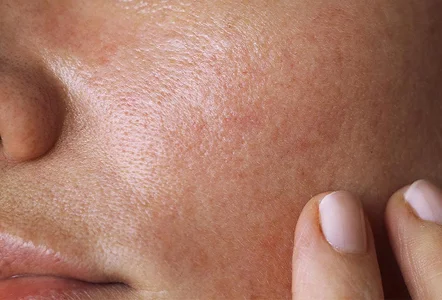 Oily Skin
Oily Skin 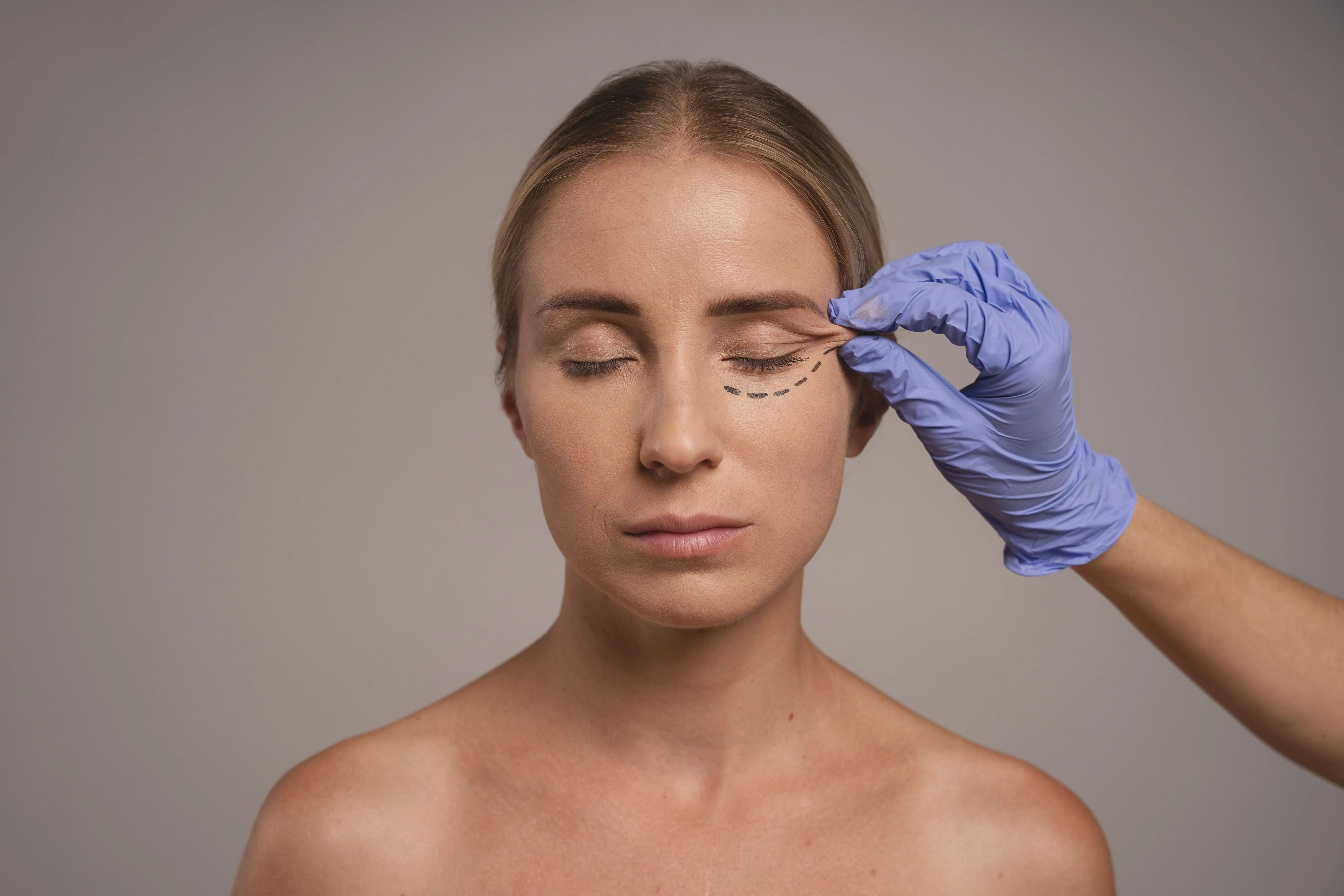 Periorbital Veins
Periorbital Veins  Rosacea
Rosacea 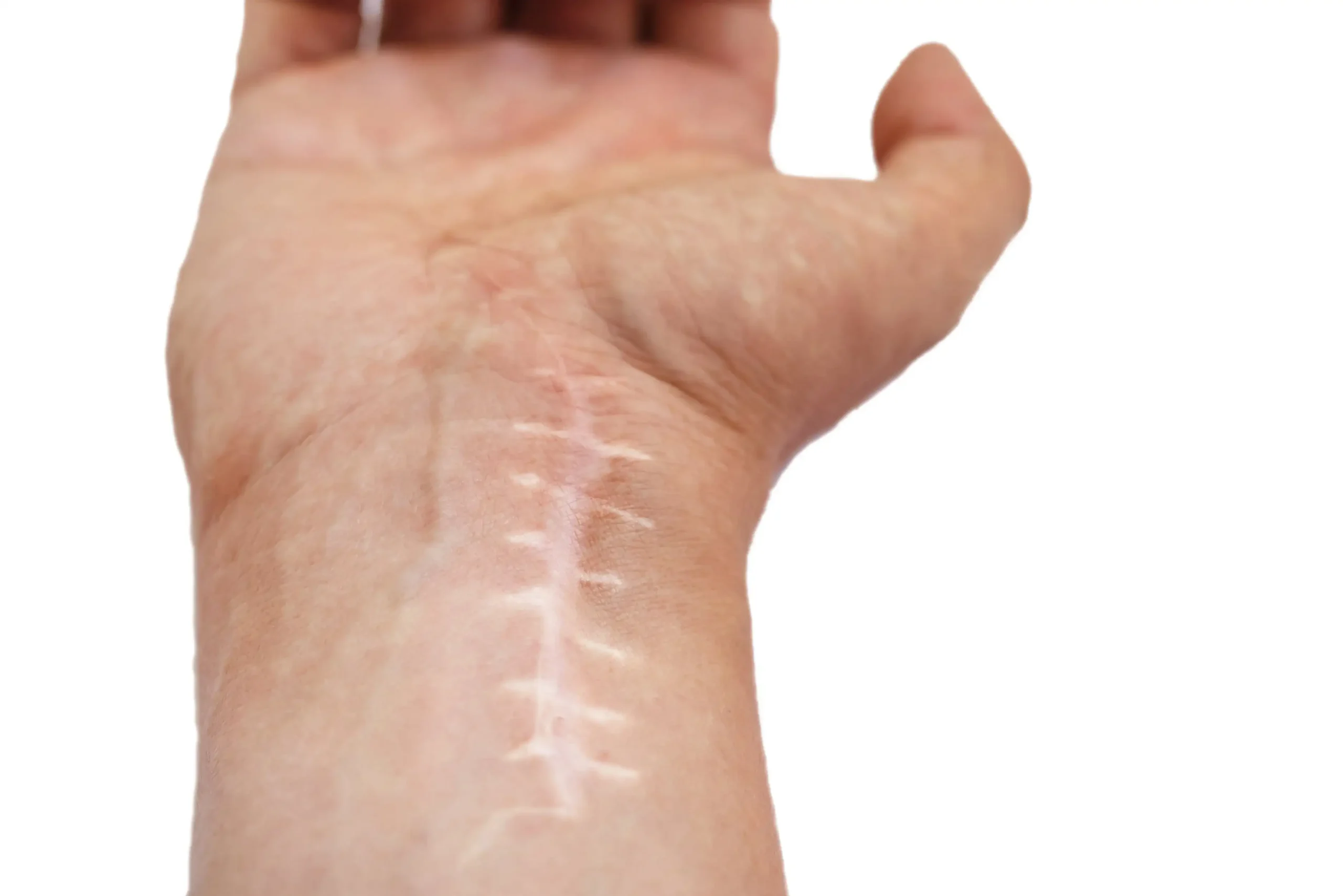 Scarring
Scarring  Sensitive Skin
Sensitive Skin 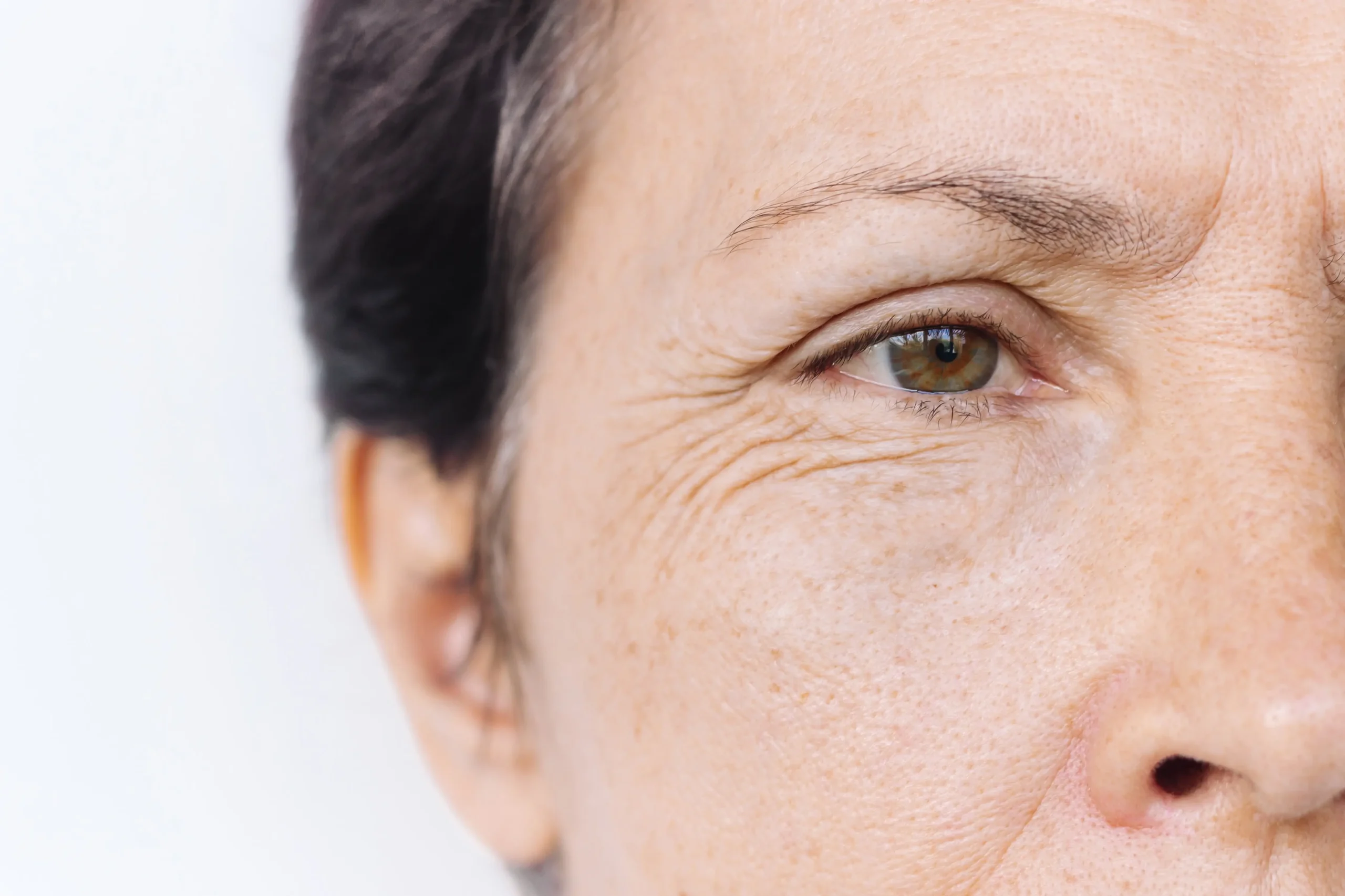 Wrinkly Skin
Wrinkly Skin  Male pattern baldness
Male pattern baldness 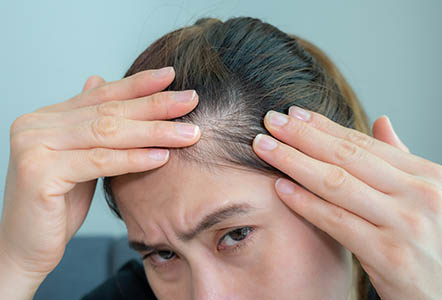 Female pattern hair loss
Female pattern hair loss  Muscle loss
Muscle loss  Excess fat
Excess fat 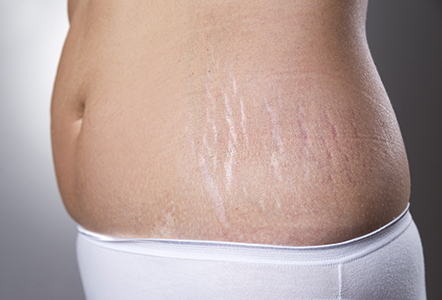 Stretch marks (striae)
Stretch marks (striae) 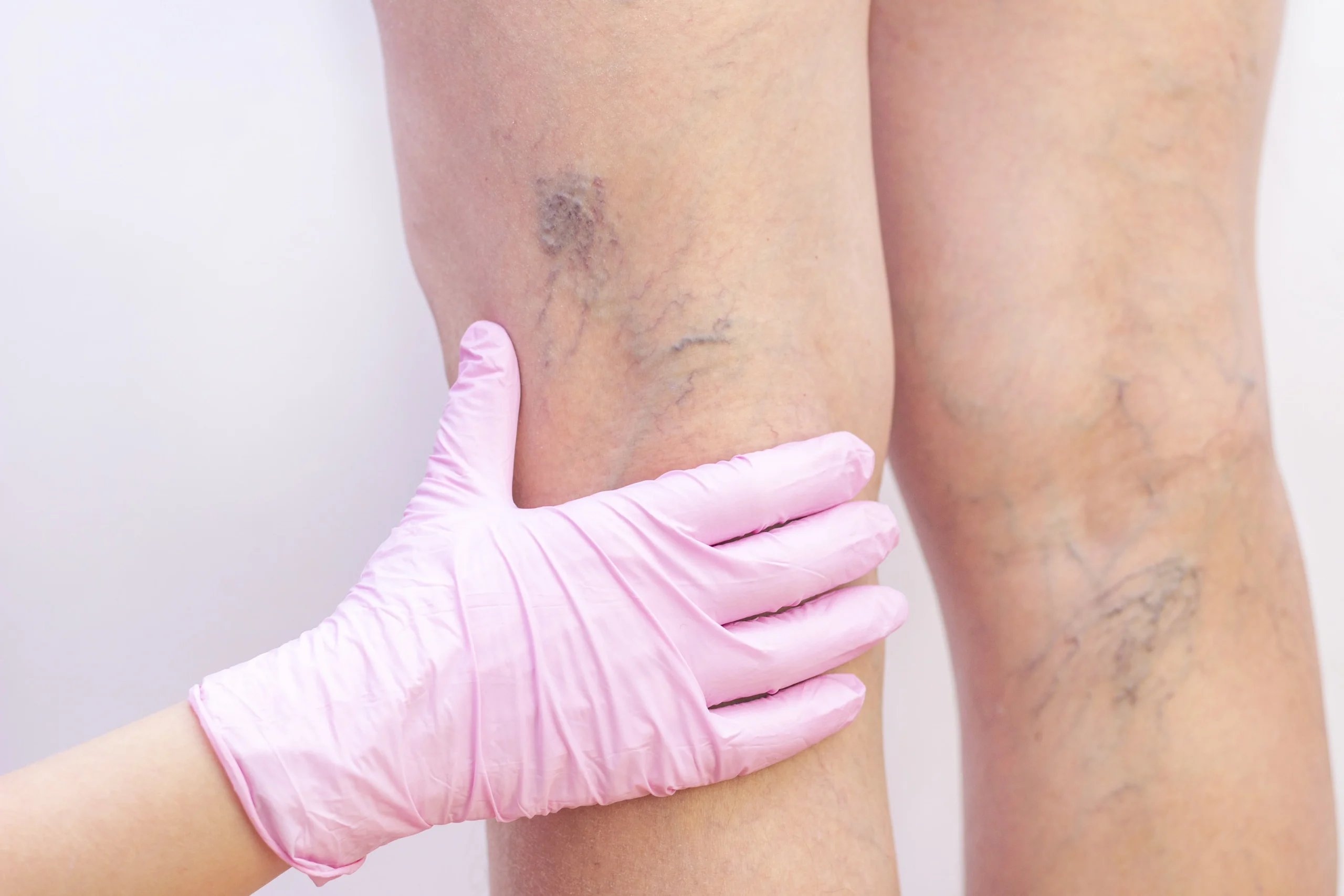 Telangiectasia or Broken Veins
Telangiectasia or Broken Veins 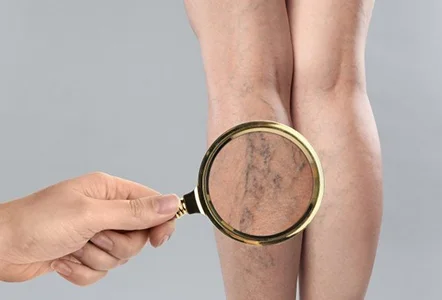 Thread Vein
Thread Vein 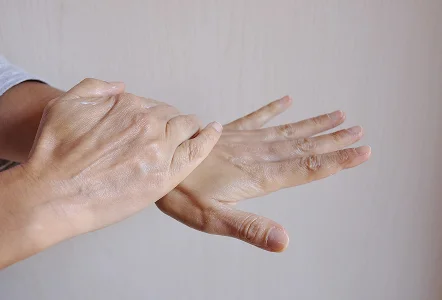 Ageing hands
Ageing hands 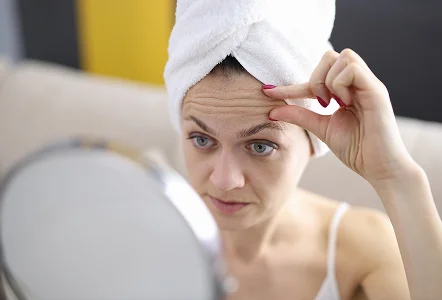 Facial wrinkles
Facial wrinkles  Ageing, Sagging Skin
Ageing, Sagging Skin 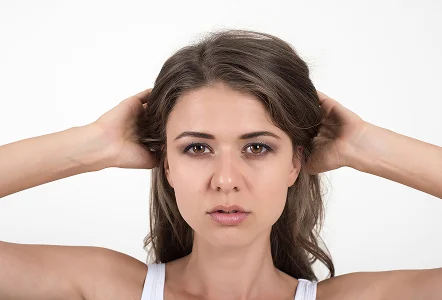 Facial volume loss
Facial volume loss  Post-natal concerns
Post-natal concerns  Polycystic ovary syndrome
Polycystic ovary syndrome  Gummy smile
Gummy smile  Teeth grinding
Teeth grinding  Hyperhidrosis
Hyperhidrosis 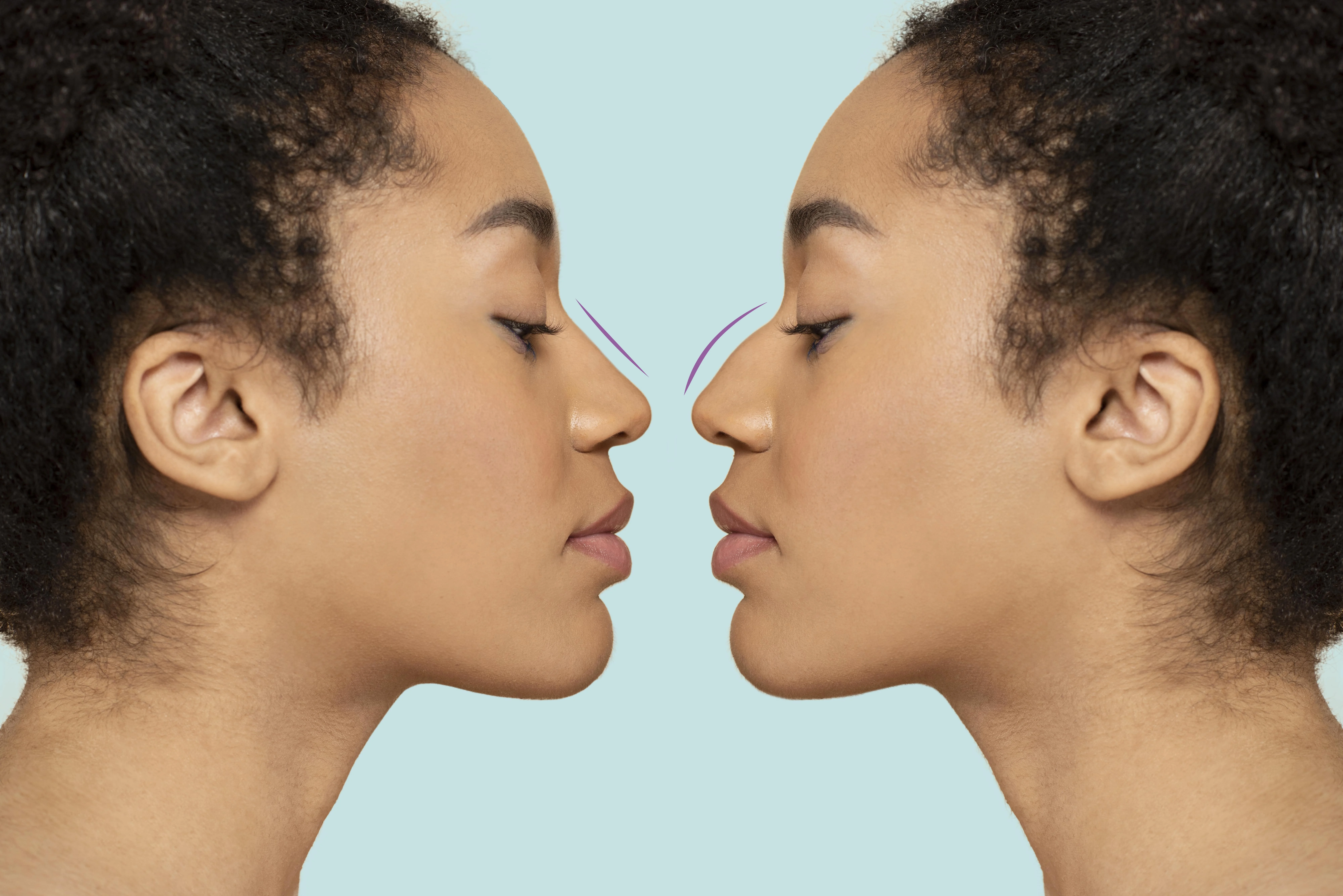 Hooked Nose/Bump
Hooked Nose/Bump 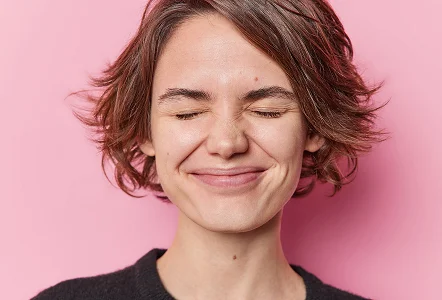 Laugh Lines
Laugh Lines 
